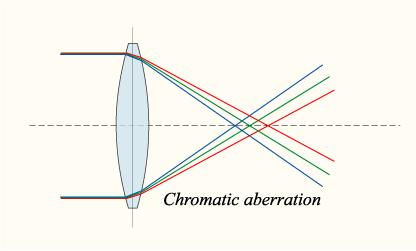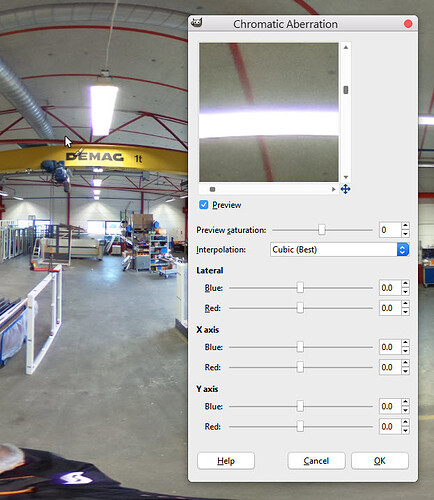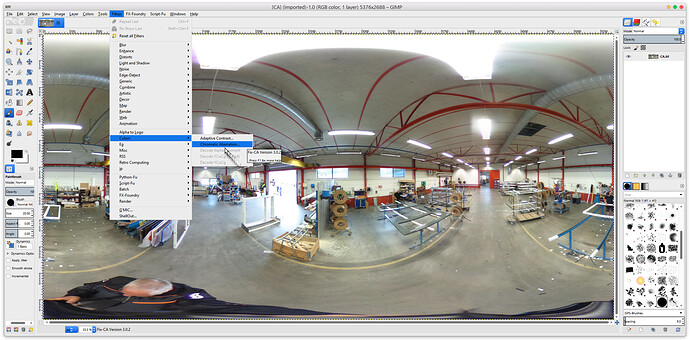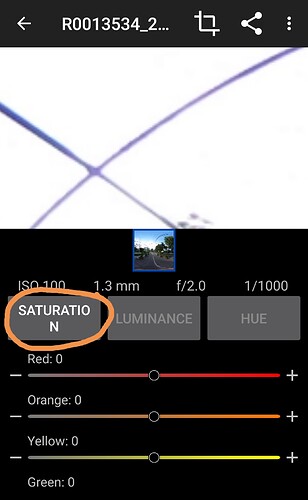I’ve been seeing some debates come up around chromatic aberration and the THETA, so I thought I’d look into it, considering I hadn’t heard the term before.
What is chromatic aberration?
If you don’t intentionally want your photos to look trippy, with distorted color boundaries and halo-like color bleeding, you’ve probably gotten frustrated with the way some of your photos have come out. While this doesn’t mean chromatic aberration in every case, it’s usually the culprit.
Chromatic aberration results from the way different wavelengths of light refract through a lens. We want each wavelength to end up at the same spot, which is why camera manufacturers started putting multiple pieces of glass, with different refraction properties, into camera lenses. These extra pieces of glass focus all of the wavelengths into one spot (as best they can).

This effect produces “soft” images, and color fringing in high-contrast situations. There are special lenses called “apochromatic lenses” that help mitigate these issues by focusing three wavelengths (usually red, green, and blue) into the same spot. There will still be color error in some situations, from the secondary spectrum, but it will be significantly less than it was without the apochromatic lens.
How to avoid/reduce CA
We can’t change out the THETA lens, so we have to be more resourceful. One way to reduce CA, especially the infamous purple fringe, is to “stop down,” which means decreasing the aperture size. Since the THETA’s aperture is fixed, that’s going to be impossible, so we have to take some effort to keep ourselves out of situations that will produce chromatic aberration. Frequently, CA will be produced by having the depth of field too shallow. Again, since the THETA’s aperture is fixed, that’s not a problem. The entire shot should be in focus with the THETA.
Some common conditions that cause CA to flare up are shots against white backdrops, landscape shots against a bright sky, portrait shots against a bright sky, and high-contrast shots involving fences and tree branches. Really, avoid high-contrast shots at all costs if you’re attempting to avoid CA. Your best shot is to re-frame your shot, except that, with the THETA, you pretty much just have to change locations altogether.
How to fix CA in post-production
The easiest way to fix chromatic aberration seems to be to switch the image capture to a RAW file type, but that’s not currently possible on the THETA. I’ve noticed that a lot of people seem to be clamoring for it, though, so maybe have have RAW to look forward to in the future. If you’re looking for some tutorials for how to fix CA in post-production, even without RAW image types, here are a couple of tutorials:
How to Geek fix CA
Outdoor Photographer defeat CA
Svendus has some examples of chromatic aberration at the bottom of What I Wish I Knew Before Using the THETA, also check out his tip in the comments below.
If you have any tips, please share them in the comments!











